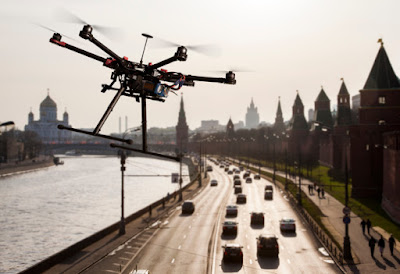Bus Stops & Dangerous Pedestrian Intersections
It is no surprise that bus stops and dangerous pedestrian intersections are highly correlated.
Dangerous Intersections have found while we have mapped over 8,000+ dangerous intersections in the last year that pedestrians are very vulnerable at these locations. Drivers need to be more aware of bus stop locations for pedestrians to cross the street. We are looking to get these dangerous intersections near bus stops on our map.
Bus stops located near dangerous pedestrian intersections can pose a safety concern for pedestrians, particularly when crossing busy roads to access or leave the bus stop. Here are some considerations regarding bus stops and dangerous pedestrian intersections:
Visibility: The visibility of pedestrians and drivers at bus stops is crucial for safety. Bus stops should be located in areas with good visibility, allowing drivers to see pedestrians waiting or crossing the road and enabling pedestrians to observe oncoming traffic.
Traffic Calming Measures: Implementing traffic calming measures near bus stops and dangerous pedestrian intersections can help reduce vehicle speeds, improve pedestrian safety, and provide a safer environment for bus users. These measures may include speed humps, raised crosswalks, or traffic islands.
Signalized Crosswalks: Installing signalized crosswalks or pedestrian-activated traffic signals near bus stops can enhance safety by providing dedicated crossing times for pedestrians, allowing them to cross the road safely.
Sidewalks and Pedestrian Infrastructure: The presence of sidewalks, footpaths, and proper pedestrian infrastructure near bus stops is essential. This allows pedestrians to access the bus stop without having to walk on the road or through hazardous areas.
Adequate Lighting: Proper lighting around bus stops and at dangerous pedestrian intersections enhances visibility and improves safety, particularly during low-light conditions or at night.
Clear Signage and Markings: Clearly marked crosswalks, signage indicating the presence of a bus stop, and visible markings can help guide pedestrians and drivers, promoting safer interactions at bus stops and nearby intersections.
Public Awareness and Education: Educating both pedestrians and drivers about bus stop safety and the need to exercise caution at dangerous pedestrian intersections can help raise awareness and reduce the risk of accidents.
Local transportation authorities, municipalities, and transit agencies are responsible for evaluating and addressing safety concerns at bus stops and dangerous pedestrian intersections. They conduct assessments, implement safety measures, and monitor the effectiveness of interventions to ensure pedestrian safety.



























